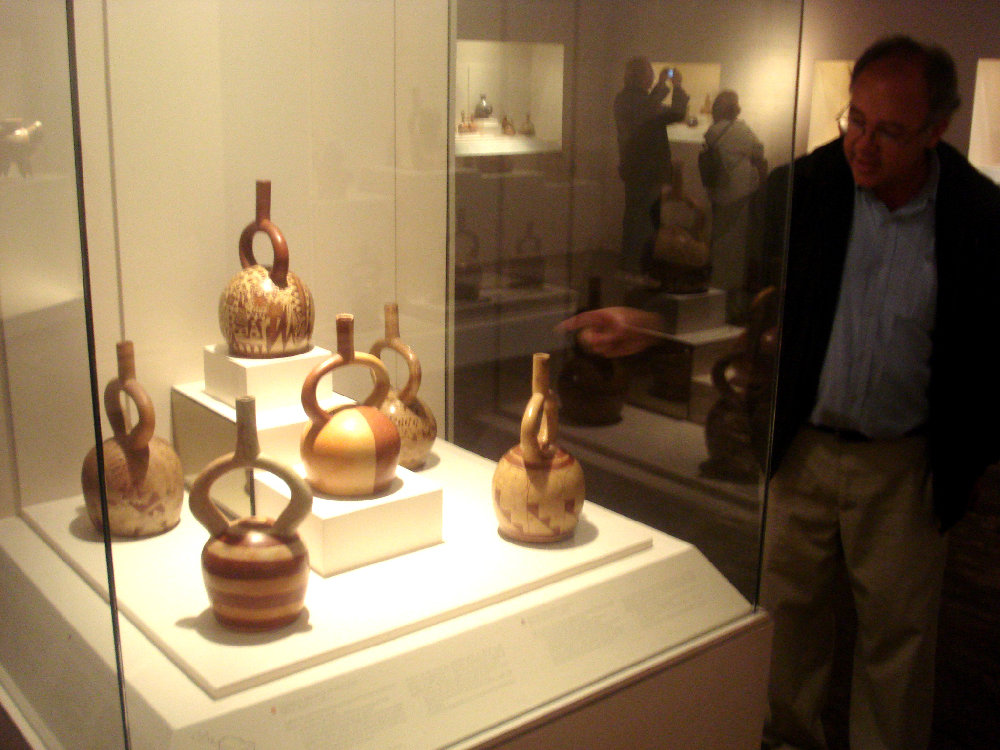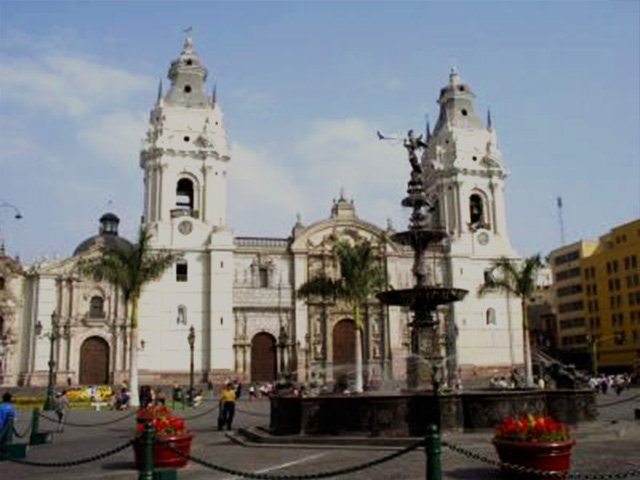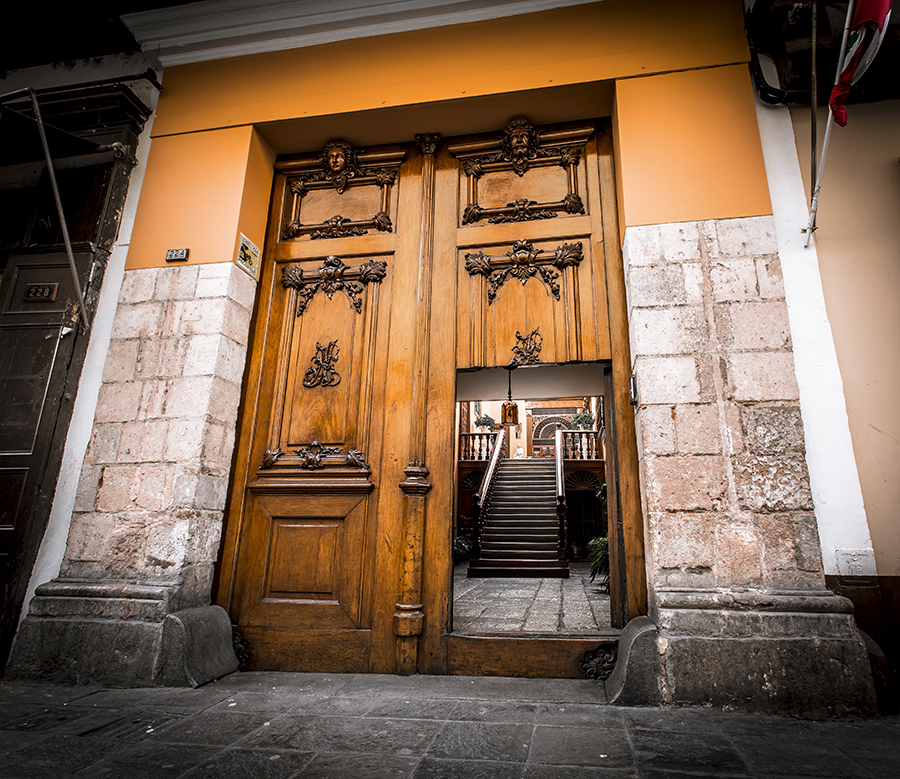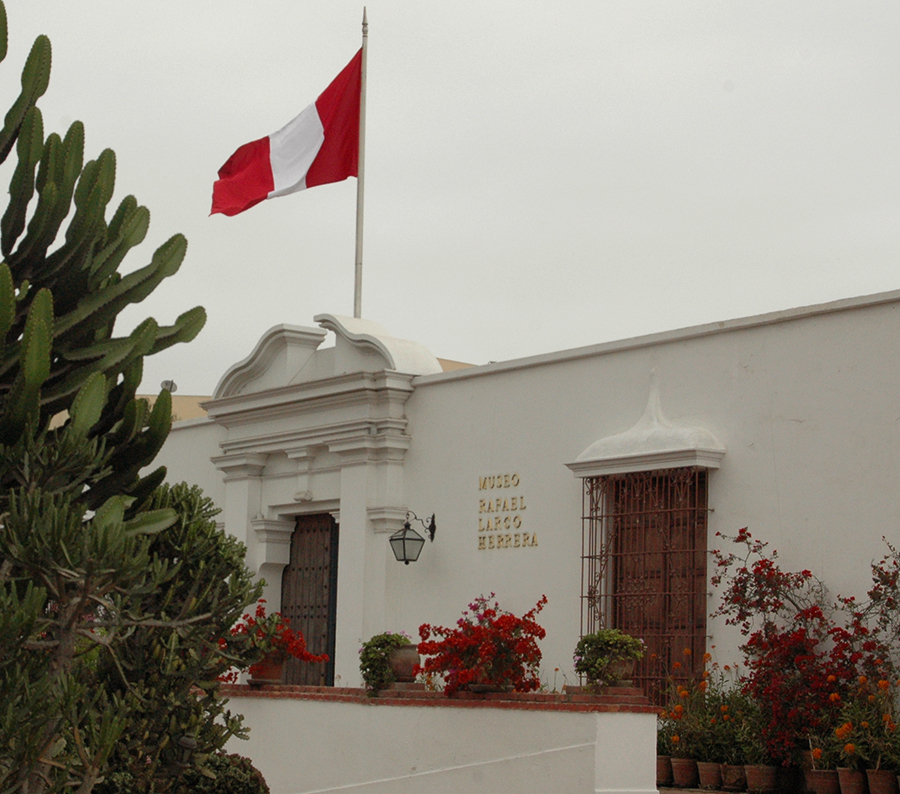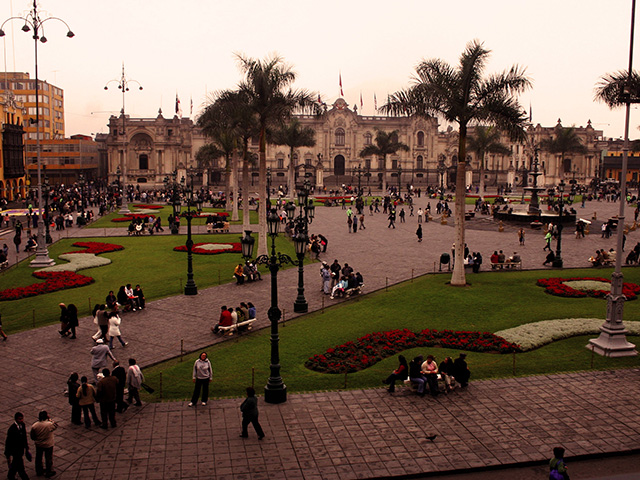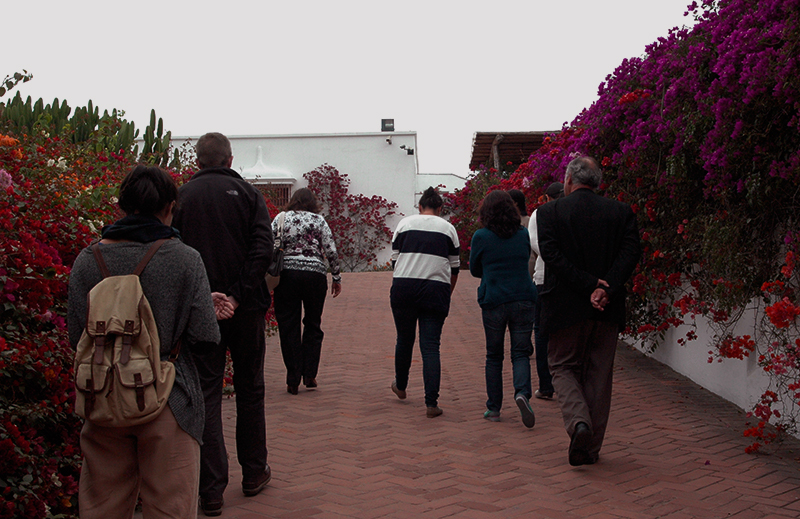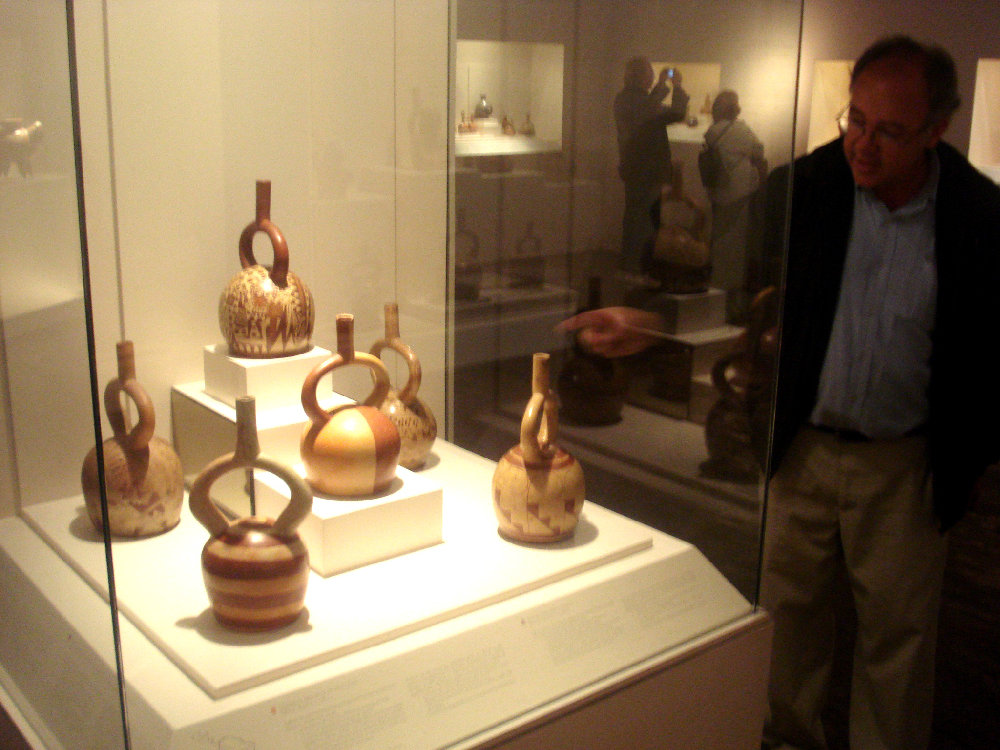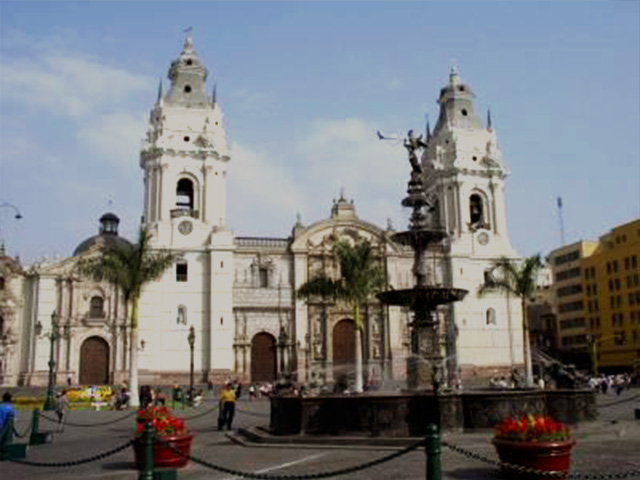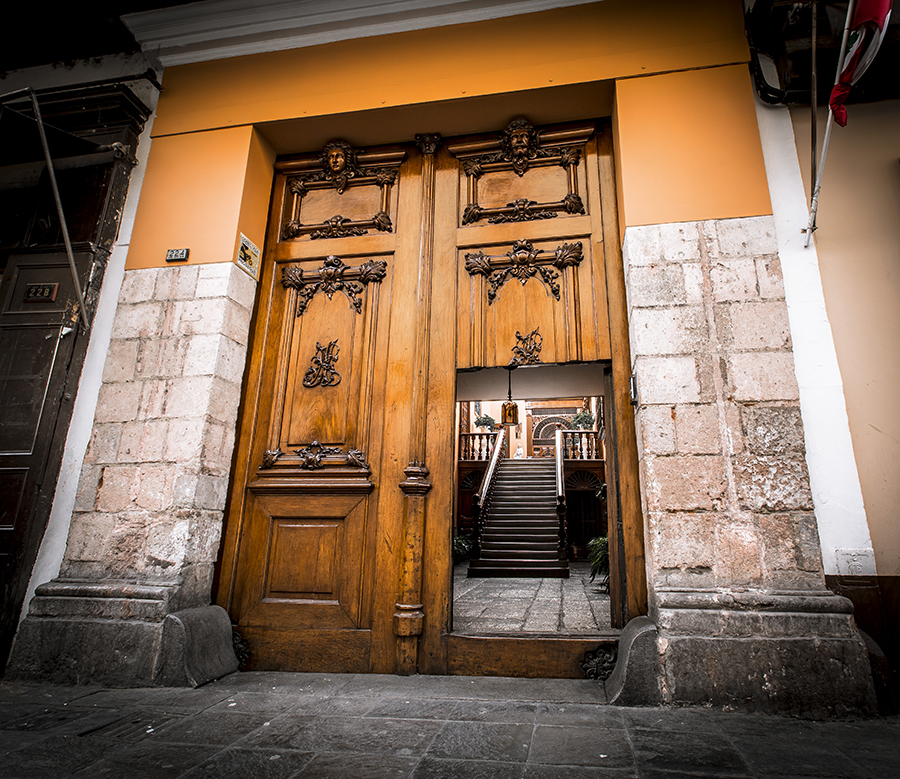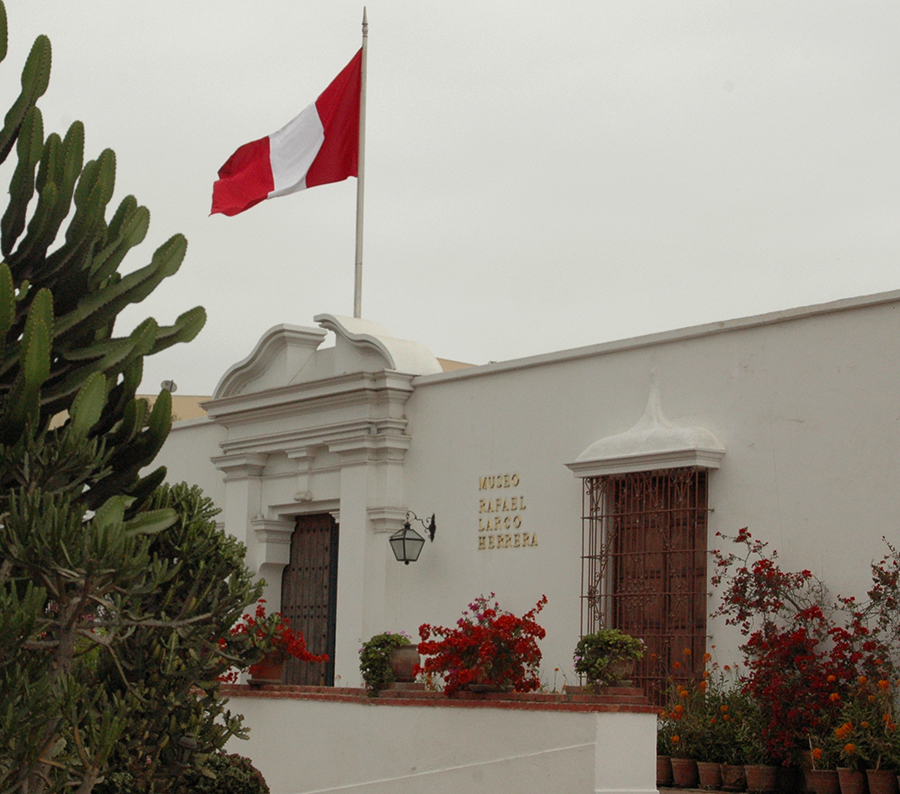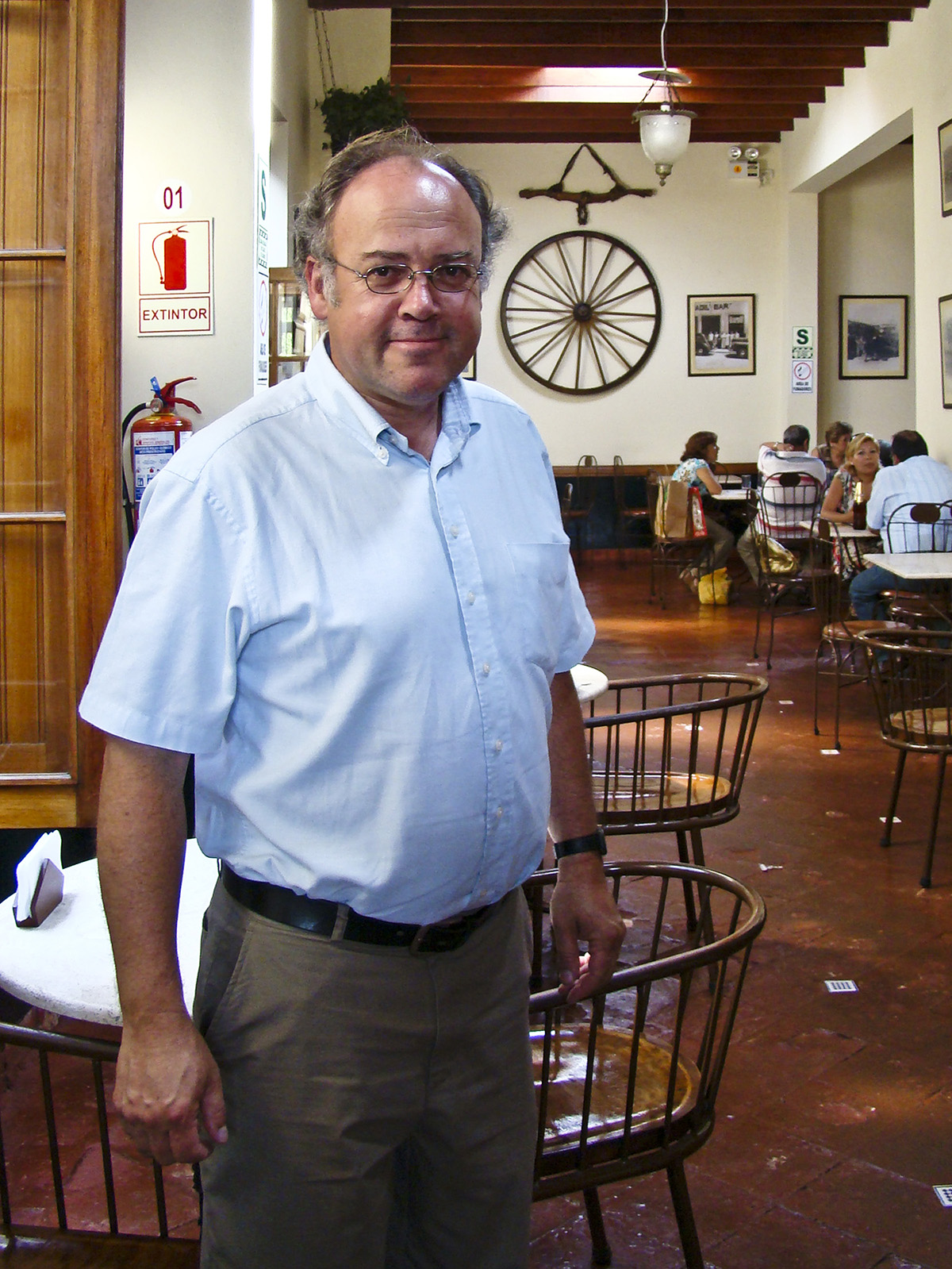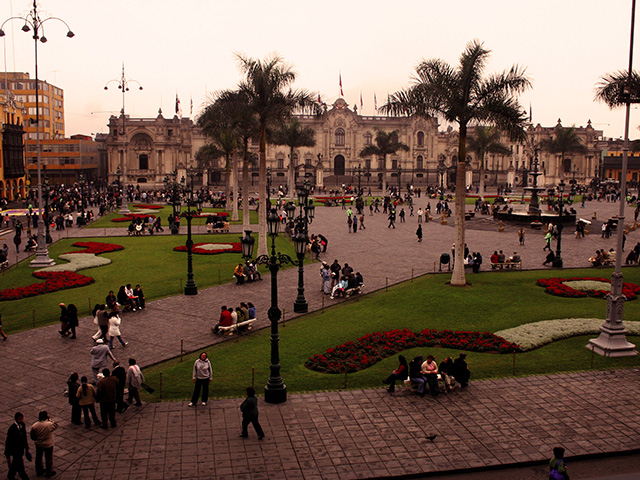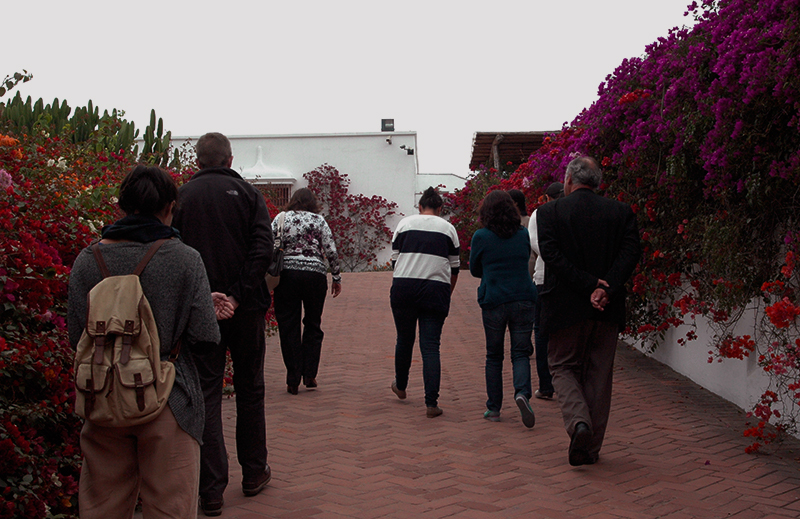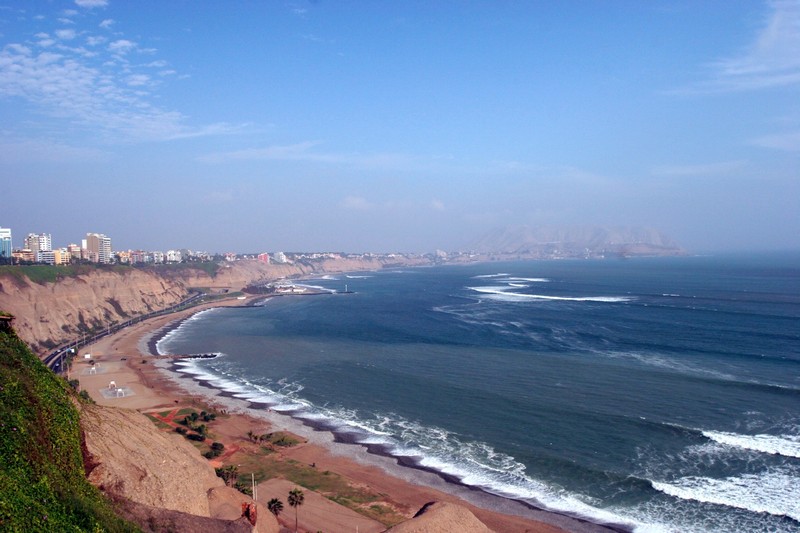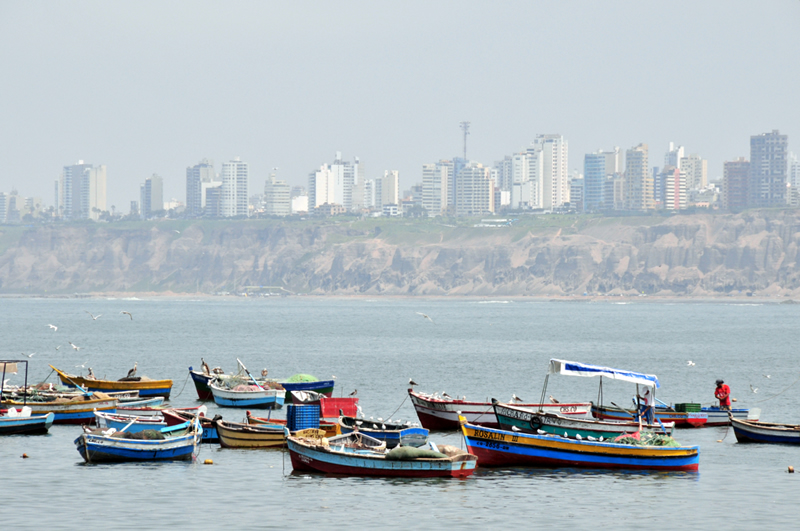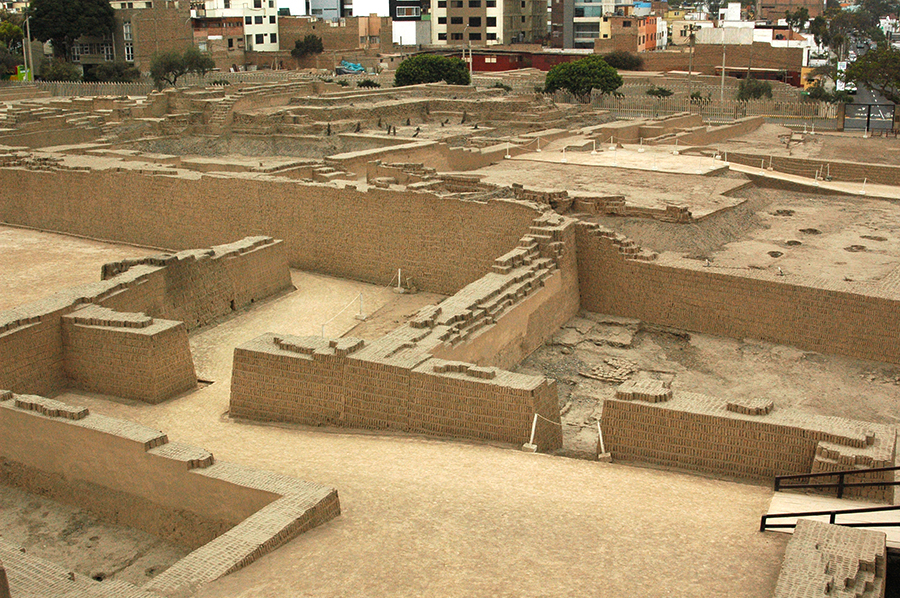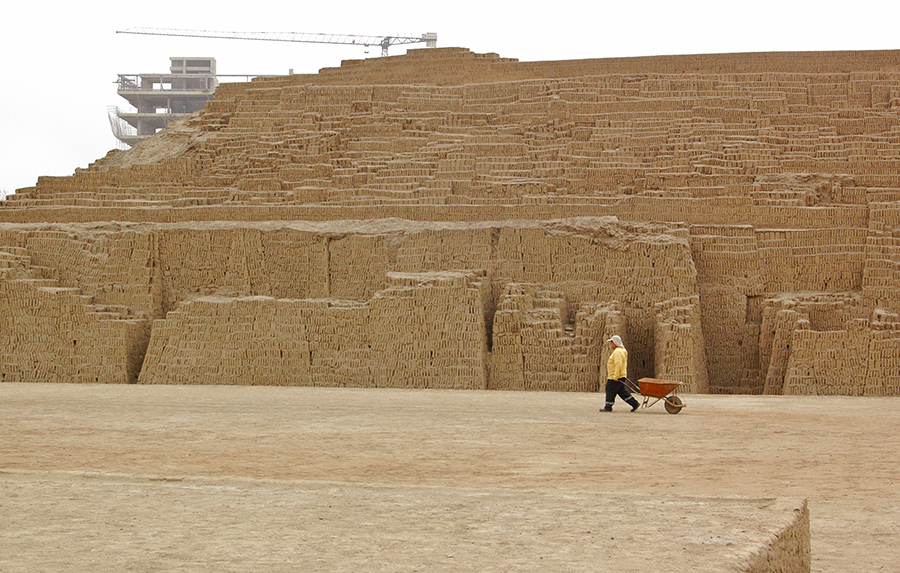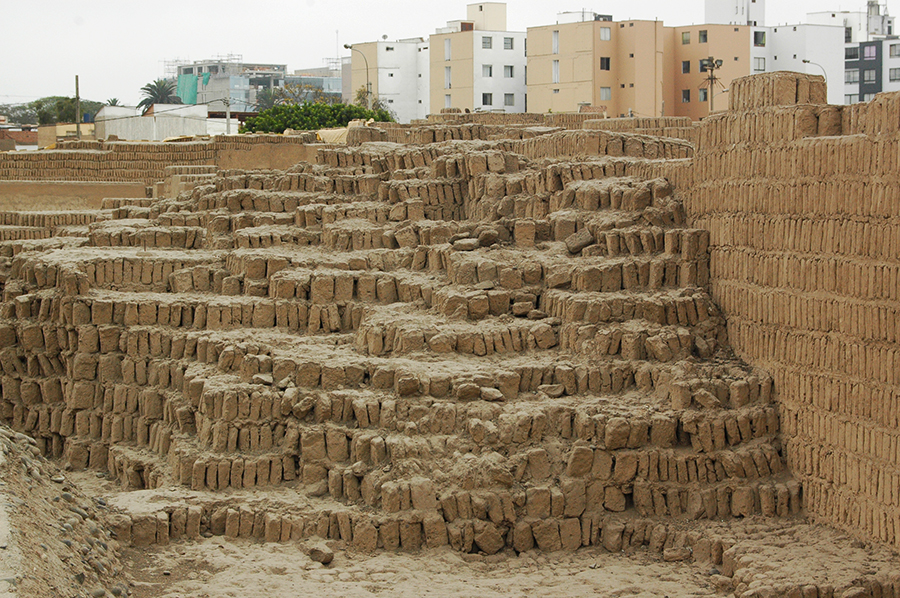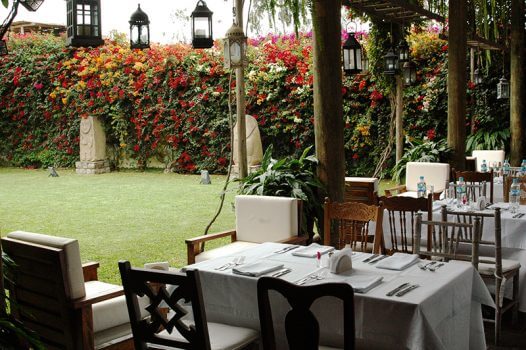Lima City Tour
The city of Lima was founded by Francisco Pizarro in 1535, but its history extends far beyond that to civilizations that inhabited this fertile stretch of coastal desert thousands of years before Columbus had even thought to sail across the Atlantic. For those spending a day or several days in Peru’s capital, Aracari offers an experience that takes you through Lima’s rich past (according to your interests) with Aracari friend and Lima specialist in history and folk art, John Alfredo Davis Benavides.
Last week some of us from the Aracari team slipped out of the office for a few hours to experience for ourselves the tour with John Alfredo, who is the second-generation member of a family dedicated to the revival and promotion of Peruvian folk art. He is one of few authorities on Andean folk art in Peru and is a walking encyclopedia on history in Lima, where he was born and raised.
Our first stop was the Morro Solar in the district of Chorillos at the top of a curve in the coast commonly called “La Herradura” or the horseshoe for its shape. At the peak of the low hill you find the cross built in 1988 and a statue of Jesus, replica of the iconic Christ of Corcovado of Rio de Janeiro, which are illuminated at night and stand out in the darkness along the coast. From this point, you get a vista of the Costa Verde and the city of Lima stretching out to the foothills of the Andes in the east. It is from here that you can see Lima is a desert with layers of clay along the coast exposed and the rocky sediment of the Morro Solar evidencing the arid climate.
Lima is a sprawling metropolis, home to one-third of the country’s population (roughly 10 million people), and when seen from this point, you can almost grasp its immensity. John Alfredo explained that it might seem counter-intuitive that a stretch of desert which receives about 5cm (2in) of rainfall a year would be continuously populated by prosperous civilizations. However, the reason is that, in spite of being a desert, Lima has humidity of about 80% from the clouds (called garúa) that hang between the coast and the foothills of the Andes, providing nutrients and necessary moisture to the soil. Additionally, there are multiple valleys that meet in the region including the Lurin and Rimac valleys, which made this part of Peru an ideal zone to cultivate when the first hunters followed camelids down from the Andes thousands of years ago.
From here, we headed into Miraflores, where we saw the Huaca Pucllana, a ceremonial and administrative center built by the Lima civilization between 400 and 700AD and later inhabited by the conquering Wari culture and eventually the Incas, who arrived when the Huaca was already being used for agricultural purposes rather than as a temple or site for ceremonies. Archaeologists are still excavating the complex.
Then, we drove through the district of San Isidro, Lima’s wealthiest neighborhood, where John Alfredo indicated you can find the “Park Avenue” of Lima around the verdant Golf Club. We drove along El Olivar, an olive tree cultivar gifted to the Dominicans by Francisco Pizarro and later passed to the hands of various wealthy families in Lima, like the Moreyra family who lived in the mansion that is now home to the Astrid & Gastón restaurant. Now it is a park open to the public. It was part of a large central park of Lima that once existed, part of the vision in the 1920’s of a Lima with ample public spaces, which has since been divided for the revenue that sale of the land generated.
We paused before the Huaca Huallamarca, just blocks from the Golf Club, which is a restoration inspired by the pyramids of Mesoamerica unlike the Huaca Pucllana, an excavation of the original. With each site we passed, John Alfredo painted a picture of Lima from ancient times through to the modern era, causing our vision of Lima as we see it today to expand and transform.
The Aracari team decided that our next destination on the tour would be the Larco Museum in the district of Pueblo Libre. Rafael Larco Hoyle founded the museum in 1926 to house his father’s collection of artifacts, as well as pieces from other collectors of archaeological pieces in Peru. The museum has the finest exhibition of Pre-Columbian artifacts in the country dating back 3,000 years, and it uniquely opens its storeroom to the public to glimpse the pieces that are not on display. One could easily spend an entire day here to fully explore it, especially with the detailed guiding of John Alfredo, who consolidated our tour into a couple of hours. In addition to the incredible collection and exquisite ceramics, textiles and gold and silver jewelry, the grounds and on-site restaurant boast lovely gardens, notably the brilliant hues of the bougainvillea draped along the white walls of the hacienda.
From the Larco Museum, we journeyed to the Center of Lima, the heart of the city’s colonial past. We stood before the Church and Convent of Santo Domingo, a site guests can visit on their tour, and then we passed along the street of the Casa Aliaga, one of the oldest mansions of Lima, lived in for 17 generations by the Aliaga family since Jerónimo de Aliaga settled in Lima among the men of Francisco Pizarro. Then, we walked to the bank of the River Rimac, now the site of a major construction project, Vía Parque Rimac, which will create 25 kilometers of road destined to ease the burden of traffic in the city, as well as a new park along the riverbank for public use. From here we headed along the Jirón de la Unión to the Main Square, where you find the Cathedral of Lima and the Presidential Palace. Like the Larco Museum, John Alfredo told us, the Center of Lima is so rich in history that you could spend a full day here for a solid introduction to the colonial history of the city.
Our comprehensive tour wrapped up here, and we returned to Miraflores to the Aracari office with a better sense of the many sites in Lima that preserve the traces of the city’s past, filled in by the extensive knowledge of John Alfredo Davis Benavides. For anyone spending time in the capital, this experience, a journey into of the history of the city, is highly recommended and, of course, can be customized to your interests. For more information, contact us!

